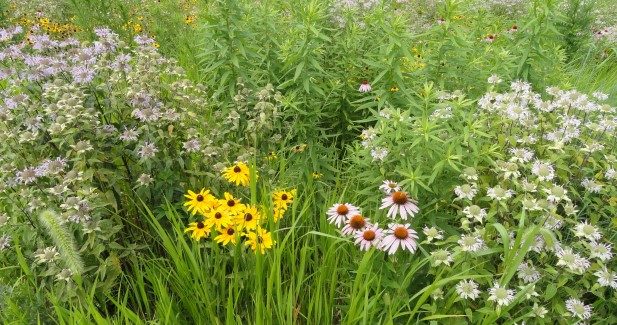Deciding Where to Buy CRP Seed
Enrolling in the Conservation Reserve Program is a great way to restore health to marginal land while protecting local wildlife and water supply. However, it comes with a fair amount of upfront work. Establishing CRP is a multistep process that includes land prep, herbicide application, mowing, mid-contract management, and more. But it starts with buying quality CRP seed. […]
Deciding Where to Buy CRP Seed Read More »

